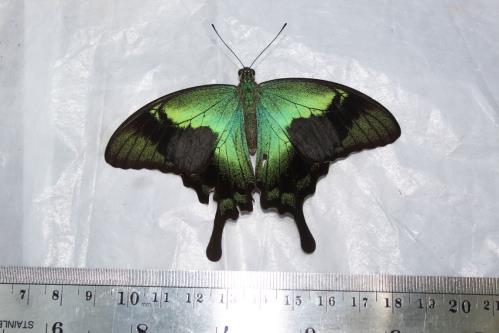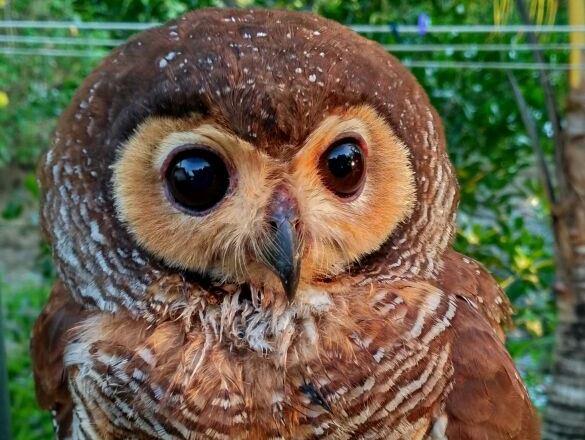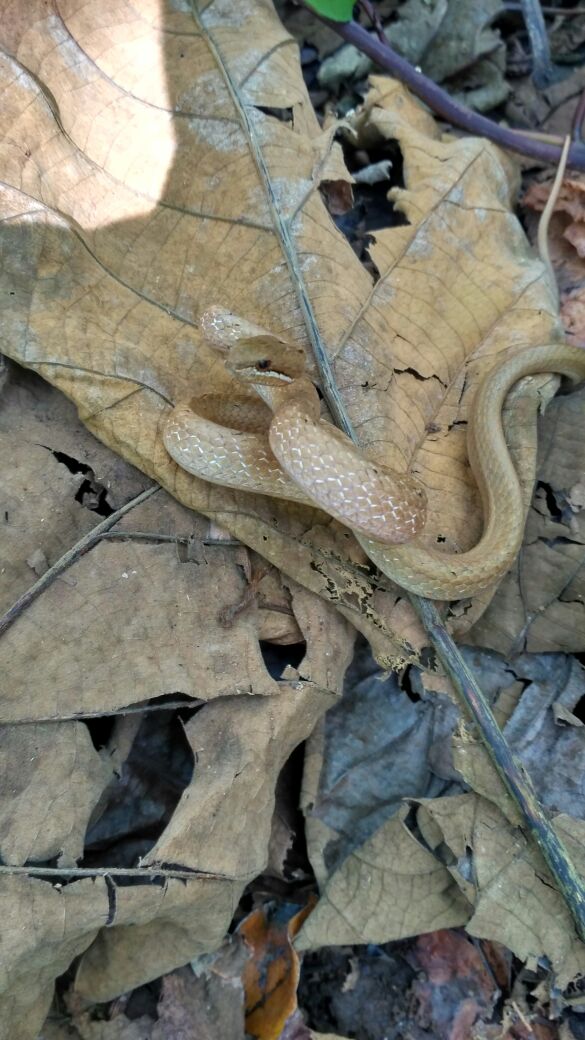Our partners, the Research Center for Climate Change University of Indonesia (RCCC-UI), recently led a pilot study in several habitat types within the Bawean Wildlife Sanctuary and the Bawean Nature Reserve.
The team of researchers’ main aim was to gather baseline information about the biodiversity found on Bawean Island, as well as identify indicator species which can indicate the impact of environmental change. With this information, monitoring can start and results can be integrated into a proposed recommendation for conservation action plans.

The team on the ground conducted an inventory of some poorly-known taxonomic groups, focusing on reptiles and frogs (herpetofauna), insects including butterflies and moths (lepidoptera) and ground herbs.
Team leader, Sandy Leo, oversaw the surveying of herpetofauna and had already recognised 18 herpetofauna species (seven amphibians and eleven reptiles). The most interesting species the team found was the Malayan krait (Bungarus candidus) which was identified as the only one venomous snake on Bawean Island – which was also the top predator found, besides the Bawean serpent eagle.
Muhammad Suherman was in charge of surveying butterfly diversity on the island and to find out their population size and distribution pattern. This research was unique as many specific butterfly sub-species live in Bawean.

Muhammad focused on three families of butterflies: Nymphalidae, Papilionidae and Pieridae. The team managed to identify 41 butterfly species during the expedition and recorded several rare butterfly species such as palm kings (Amathusia phidippus), bamboo tree-browns (Lethe europa), common tigers (Danaus genutia) and the common birdwing (Troides helena) which is protected by Indonesian Government regulations but hasn’t been assessed by the IUCN Red List.
Wendy Achmmad Mustaqim and Nurrahman Fajri were in charge of the moss survey and were amazed to find very abundant epiphytic mosses on the island. Epiphytic moss grows on the surface of other plants and gets the nutrients it needs to survive from the plant it’s growing on.
Wendy explains:
Many species of mosses covered the tree trunk and also the branches. The only thing we could see around us at some point was the hanging mosses, swinging by the wind.



“We discovered that mosses decreased in abundance as we climbed the summit of Mount Lumut. It seemed to have its own world, representing a unique ecosystem on a very small range of elevation and is probably the most fragile ecosystem in Bawean!”
The team all agreed on the fact that there are still a lot of places that need to be explored on the island and lots of new species to be potentially discovered.
“More research and exploration is needed to understand how to manage this tiny island from various threats such as climate change or tourism activity.
Watch this space!